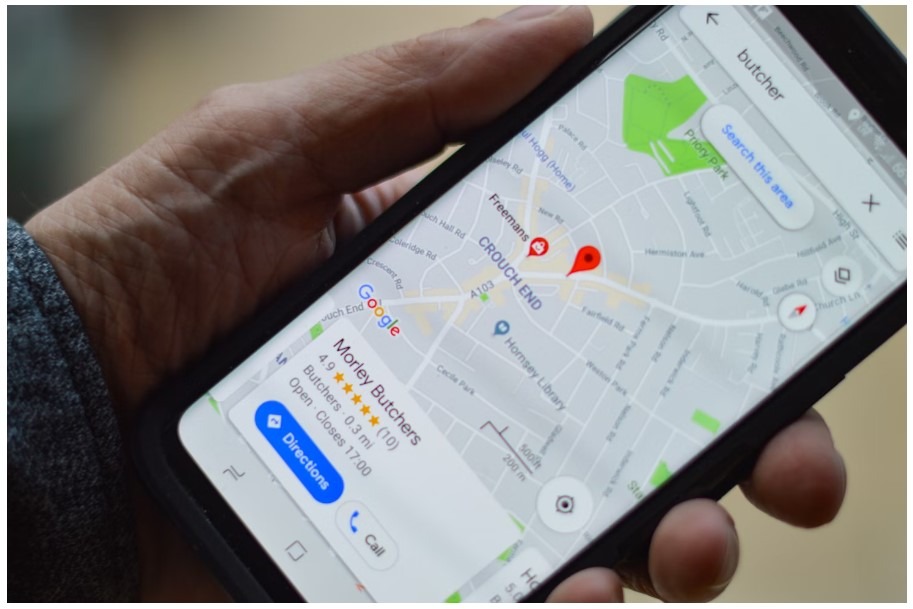In today’s e-commerce landscape, Amazon has become an essential sales channel for many businesses. But as the platform continues to grow, so does the risk of MAP violations and unauthorized sellers. That’s why it’s increasingly important for businesses to monitor Amazon for these issues.
Minimum Advertised Price (MAP) policies are a common way for companies to control the way their products are priced by resellers. When resellers advertise a product at a price lower than the MAP, it can lead to price erosion and negatively impact the brand’s perceived value. Monitoring Amazon for MAP violations can help ensure that a company’s MAP policy is being followed and that its pricing strategy is not being undercut by resellers. Additionally, if a violation is found and is not corrected, a company can take necessary action, up to and including termination of their reseller agreement.
Unauthorized sellers are another growing concern on Amazon. These are sellers that are not authorized by the brand to sell its products. Unauthorized sellers can damage a brand’s reputation by selling counterfeit or low-quality products, or by using product images and descriptions without permission. Moreover, they can also undermine a brand’s pricing strategy by undercutting authorized sellers. Monitoring Amazon for unauthorized sellers can help a company take action to protect its brand and its pricing strategy.
So how can you monitor Amazon MAP violations?
There are a few different ways:
- Manual monitoring: This involves regularly searching for your products on Amazon and checking the prices and the listings to identify any MAP violations or unauthorized sellers. This really is not scalable when you have more than 10-15 products.
- Automated monitoring: There are a variety of MAP monitoring software tools available that can automatically monitor Amazon for you and sending alerts when a MAP violation or an unauthorized seller is identified.
- Third-Party service: You can hire a third-party service provider to monitor your product listing and notify you of any violators. This can be a cost-effective way of monitoring, as the costs of the services are usually scaled to the number of products or sellers being monitored.
Monitoring Amazon for MAP violators and unauthorized sellers is essential for businesses looking to succeed on the platform. By ensuring that resellers are following the MAP policy and that only authorized sellers are allowed to sell the company’s products, businesses can protect their pricing strategy, maintain their brand, and increase their chances of success on Amazon.
What is Minimum Advertised Price?
Minimum Advertised Price (MAP) is a pricing strategy that manufacturers and brands use to control the way their products are priced by resellers. The manufacturer sets a minimum advertised price, which is the lowest price that a reseller is allowed to advertise a product for. This price must be displayed in any form of advertising, including online, print, and in-store. Retailers and resellers are free to set their own selling prices, but they are not allowed to advertise a product for less than the MAP. This allows the manufacturer or brand to maintain control over its pricing strategy and protects the perceived value of its products.
What is an unauthorized seller?
An unauthorized reseller is a seller that is not authorized by the manufacturer or brand to sell its products. These sellers may acquire products through unauthorized means, such as gray market imports, or by buying products directly from authorized resellers. Unauthorized resellers can damage a brand’s reputation by selling counterfeit or low-quality products, or by using product images and descriptions without permission. Additionally, they can undermine a brand’s pricing strategy by undercutting authorized resellers, which can lead to price erosion and negatively impact the brand’s perceived value. These sellers are not approved by the brand and they do not have a contract or any sort of agreement allowing them to sell the product of the brand.
What is price erosion?
E-commerce price erosion is the phenomenon where a product’s price decreases over time due to increased competition among online sellers. It’s when a brand’s suggested retail price is being undercut by other sellers in the same marketplace, which can lead to lower profit margins for the brand.
Price erosion can occur when resellers engage in price cutting, price wars or other practices that drive down the average selling price of a product. E-commerce price erosion can be caused by a variety of factors such as intense competition among e-commerce marketplaces, sellers using dynamic pricing algorithms, and a lack of effective pricing strategies. It can also occur when unauthorized resellers sell the same products at a lower price, which can lead to a decrease in the perceived value of a brand’s products.
Additionally, when a manufacturer’s Minimum Advertised Price (MAP) policy is not being followed by resellers, this can also contribute to price erosion as resellers may start to advertise prices lower than the MAP which can then lead to other resellers also lowering their advertised price.

